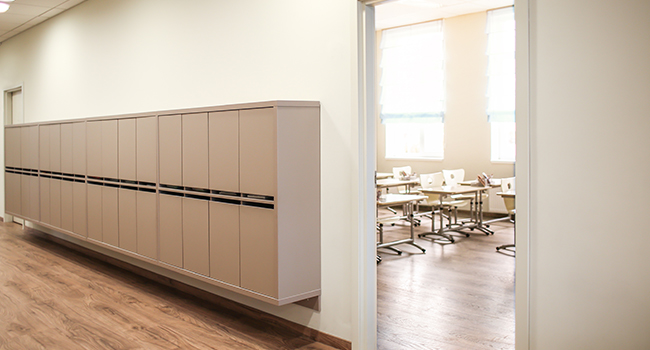
Proposed Bill Would Require Wyoming Schools to Create School Security Strategies
The bill, proposed by Sen. Affie Ellis, would require the Wyoming Department of Education to work with several organizations, including homeland security, the attorney general’s office and the state construction department, on safety and security guidelines for schools.
- By Jessica Davis
- December 14, 2018
A new bill proposal would require every school district in Wyoming to create complete school safety and security strategies.
The bill, proposed by Sen. Affie Ellis, would require the Wyoming Department of Education to work with several organizations, including homeland security, the attorney general’s office and the state construction department, on safety and security guidelines for schools.
The guidelines would then be handed down to every school district in the state, and districts would be required to create a comprehensive strategy based on a nationally recognized organization like Alert, Lockdown, Inform, Counter, Evacuate (ALICE).
The proposal passed last week during the joint education committee meetings. The bill will be introduced in the state Senate during the upcoming legislative session, which starts in January.
Many Wyoming districts already have full security and safety plans in place for their campuses. Sheridan County School Districts 1,2 and 3 follow ALICE training, and SCSD3 brought in a private company last week to train students and staff in self-defense and tactics for responding to an active shooter.
“With or without the bill, we’re going to always keep moving forward with our safety issues,” SCSD2 superintendent Craig Dougherty told The Sheridan Press. “I’m glad it’s on their radar, but we’re going to do that regardless.”
Dougherty said every school district should follow safety and security standards, but the same guidelines may not work for every district.
“I think there should be some commonalities that should be required, in terms of entrances and every school should have a plan,” Dougherty said. “[…] It’s completely different for a Sheridan [County School District] 2 versus an Arvada or a Kaycee, so I think individual boards along with their administration, should develop their own plan, but there should be definite plans that meet a certain requirement by the state.”
Rep. Mark Kinner, who voted in favor of the proposal, said it might be best to provide basic guidelines and allow districts to implement what works for their campuses.
“We thought maybe we ought to provide a baseline level of information and requirements of the different (school) boards,” Kinner said. “Then provide basics and then let them do what they feel is appropriate at their district level, but not totally wipe our hands of it.”
About the Author
Jessica Davis is the Associate Content Editor for 1105 Media.